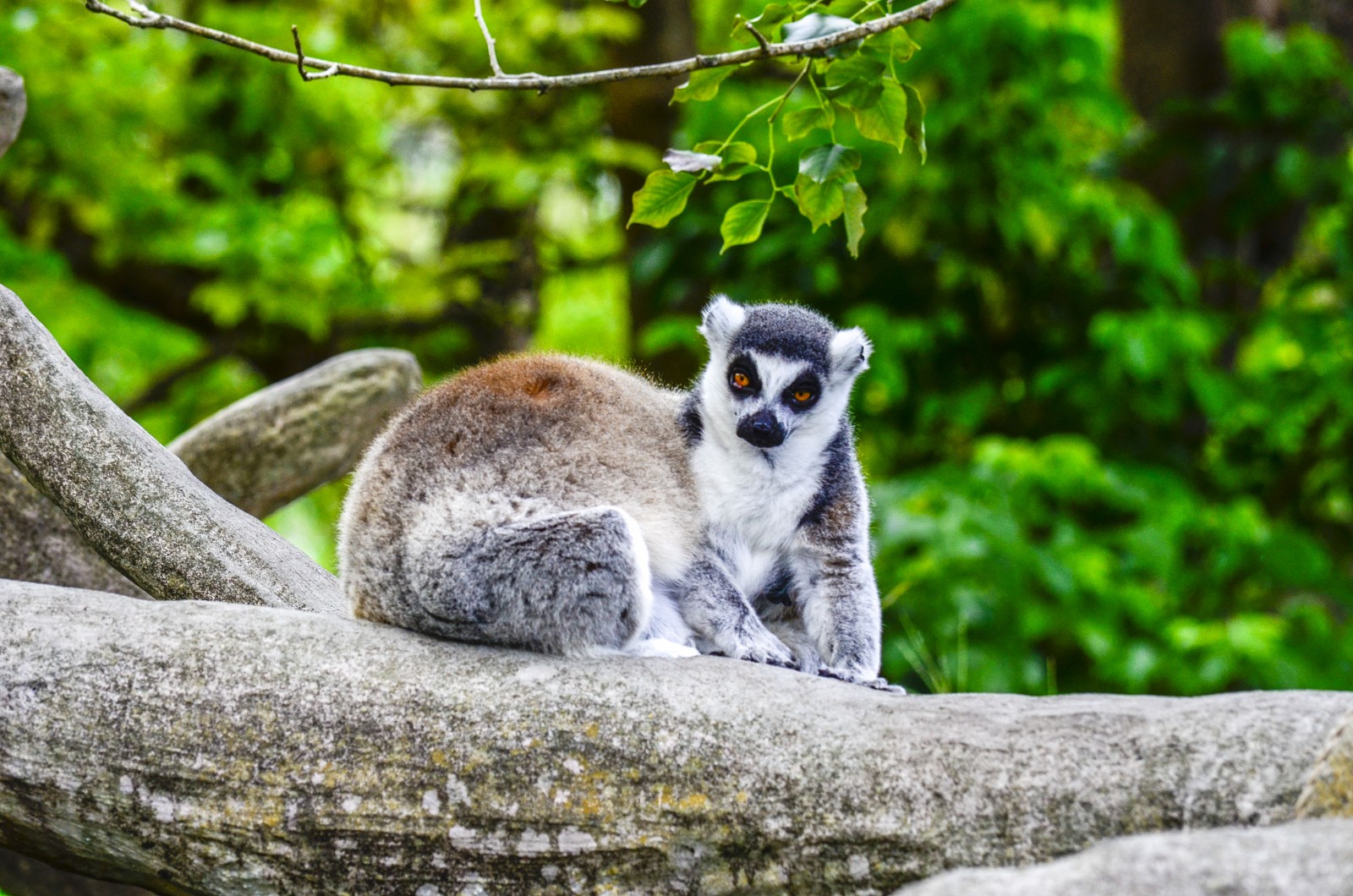Conservation and Behavioral Observations of Lemurs (Lemuridae) in Captivity: A Case Study of Zoo Miami's Lemur Exhibit

Lemurs are a remarkable species of primates that can only be found on the island of Madagascar, which is located off the eastern coast of Africa. Zoo Miami, located in South Florida, is home to various kinds of lemurs that provide visitors with an insight into their fascinating world. These animals have adapted to their surroundings in amazing ways, making them some of the most fascinating organisms on the world.
Zoo Miami's lemurs are housed in a specially built display that replicates their natural environment. Guests can wander through the exhibit and watch the lemurs go about their everyday activities, interacting with one another and exploring their surroundings. The exhibit is a fantastic way to learn about and see these magnificent creatures up close.
The look of lemurs is one of their most distinctive characteristics. Their bodies are long and slim, with huge eyes and fluffy tails. Their faces are frequently covered with bright markings and patterns, making them some of the world's most visually appealing primates. Zoo Miami's lemurs are no exception, with their unusual fur patterns and eye-catching features.
The ring-tailed lemur is a prominent species of lemur at Zoo Miami. These creatures can be identified by their black and white striped tails that are longer than their body. Ring-tailed lemurs are highly gregarious species that live in groups of up to 30 people. Visitors to the display will frequently see the lemurs grooming one another, which strengthens their ties and keeps their fur clean.
The red-ruffed lemur is another lemur species seen at Zoo Miami. With bright red fur and long, thick tails, these animals are larger than ring-tailed lemurs. Red-ruffed lemurs are likewise extremely gregarious, living in groups of up to 16 people. They are well-known for their loud vocalizations, which they employ to communicate and defend their area.
Another species present at Zoo Miami is the black-and-white ruffed lemur. These creatures feature an eye-catching black and white fur pattern, as well as a mane of long, white fur around their necks. Ruffed lemurs are extremely active, spending most of their time looking for food and investigating their surroundings. They are also quite vocal, using a variety of calls and vocalizations to communicate with one another.
The lemurs at Zoo Miami are not only entertaining to watch, but they also help with conservation efforts. Many lemur species are endangered, with numbers dropping as a result of habitat degradation and hunting. Zoos like Zoo Miami are working to ensure that lemurs will be available for future generations to enjoy by housing and breeding them in captivity.
Zoo Miami is part of a bigger conservation effort to protect lemurs and their habitats. To safeguard lemurs and their natural habitats, the zoo collaborates closely with conservation organizations in Madagascar. Zoo Miami is trying to raise awareness about the situation of lemurs and the necessity of conservation through education and awareness campaigns.
Seeing the lemurs at Zoo Miami is a fun and instructive experience for visitors of all ages. The display is intended to be as naturalistic as possible, with plenty of opportunity for visitors to get up close and personal with the lemurs. Zookeepers are available to answer inquiries and provide information about these intriguing creatures.
Zoo Miami is home to a diverse assortment of species, including tigers, elephants, and giraffes, in addition to the lemurs. The zoo is dedicated to providing a high-quality environment for all of its animals, including vast enclosures and enrichment activities to ensure their happiness and health.
Finally, lemurs are intriguing creatures that provide visitors with a glance into a vast and unique environment. Zoo Miami is home to various lemur species, each with its own distinct appearance and habit. Visitors can learn about the importance of conservation and the efforts being done to protect these endangered species through observation and education.